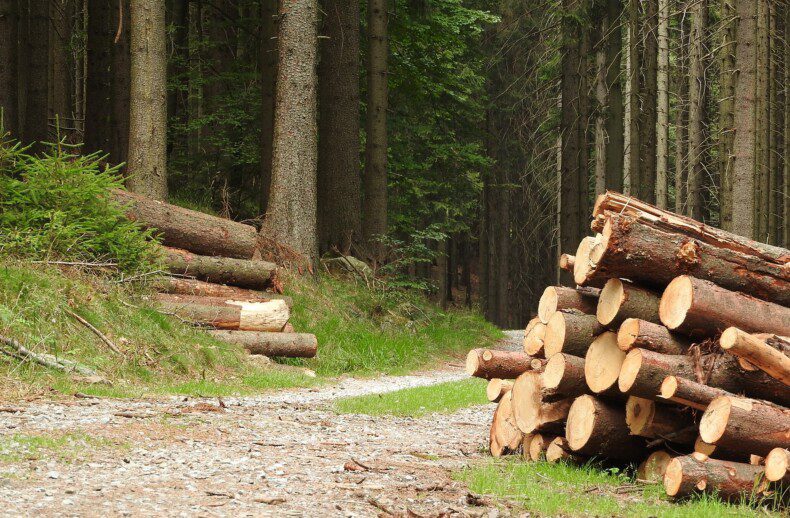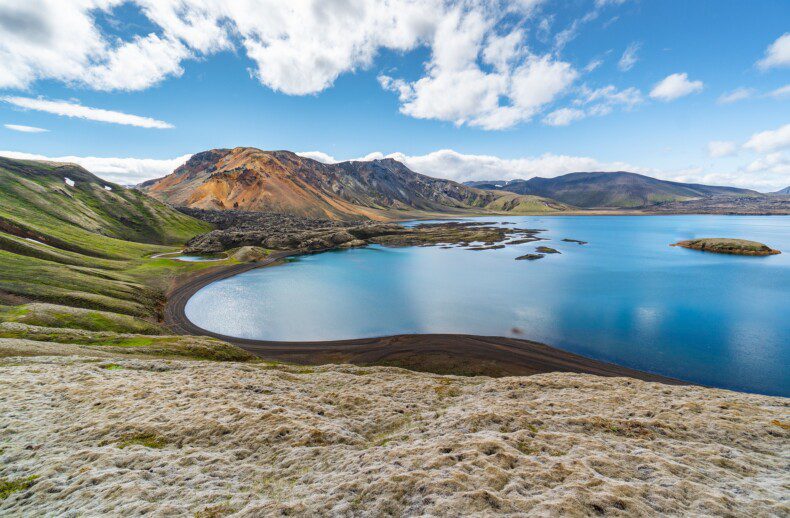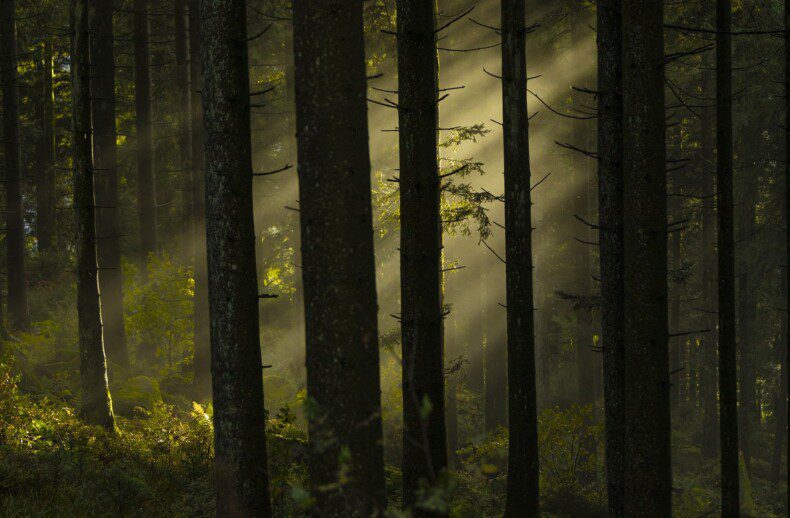The inland temperate rainforest and “wetbelt” region of British Columbia are one of only 3 such areas globally. They have the highest known lichen richness, massive trees that live for nearly two millennia, their full complement of large carnivores, and imperiled woodland caribou – but the area is endangered by logging, roads, and energy development.












